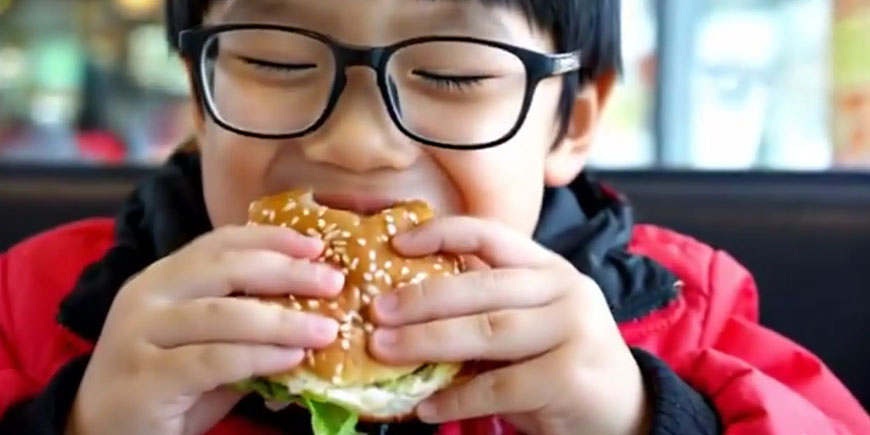Kling is an innovative Chinese artificial intelligence model that can generate realistic videos from text descriptions.
What promises to be OpenAI‘s biggest rival to Sora has arrived (although it is not yet available to the general public). Chinese AI “text-to-text” model Kling creates highly accurate videos.
New Chinese AI model, Kling
Kling is a new Chinese artificial intelligence model designed to generate video from text. This innovative technology is the closest competitor to OpenAI’s Sora and promises to redefine the standards for accuracy and realism in AI-generated video.
Developed by KuaiShou Technology, Kling uses similar technology to Sora, but with improved accuracy. This AI model can produce 1080p high-definition video lasting up to two minutes.
Kling’s speciality is the ability to create realistic, large-scale movements. These movements simulate features of the physical world in an impressive way.
Video prompts
The effectiveness of Kling is evident in a number of examples of test prompts.
For example, the model was asked to create a video based on the prompt: “Take a train and observe different landscapes through the window“. The result was a video showing a series of stunning scenarios through a train window, making the visual experience extremely realistic.
Another prompt, “A Chinese boy with glasses closes his eyes and enjoys a delicious cheeseburger in a fast food restaurant“, produced a video of a young boy enjoying a cheeseburger with an expression of pure joy, capturing every detail with amazing precision.
Other tested prompts
Kling can also handle more complex and dynamic scenes.
For example, given the prompt “A car driving on the road in the evening with a beautiful sunset and a tranquil landscape reflected in the rear-view mirror“, the AI created a striking sequence full of detail, with the sunset clearly reflected in the car’s rear-view mirror.
One of the most unusual prompts tested was “A white cat driving a car through a crowded city street with tall buildings and pedestrians in the background”. The result was a video of a white cat at the wheel navigating the busy streets of a city, with tall buildings and pedestrians moving in the background, all generated with incredible realism.
Other examples include “A hand pours milk from a steel milk frother into a coffee cup on a table with a blurred kitchen in the background” and “An emperor angelfish with yellow and blue stripes swims in a rocky underwater habitat”. In both cases, Kling produced videos that meticulously captured the details of the scenes described.
Finally, prompts such as “A giant panda playing guitar by the lake” and “A Chinese man sitting at a table eating noodles with chopsticks” demonstrate the model’s versatility in creating scenes ranging from the surreal to the mundane, while maintaining a high level of detail and visual fidelity.
Conclusions
To sum up, Kling represents a major step forward in AI technology for generating video. Its ability to create detailed and realistic videos from simple text descriptions puts it at the forefront of artificial intelligence and promises to open up new possibilities for the creation of visual content. The future developments and applications of this impressive AI model are being watched with interest by the technology world.


